The ocean provides for us. It provides the air we breathe from photosynthesizing algae, the seafood we buy and sell, and the recreational tourism and educational opportunities which are boundless for business owners and educational networks. How much time do we spend thinking about, or informing others, about what the ocean gives us? Did you know the ocean may one day provide a sustainable form of renewable energy? There is incredible research being conducted and many results already shared in the scientific community about garnering alternative energy sources from the ocean, especially that of using algae as a biofuel.

The horizons of funding, studying, and collaborating about sustainable and renewable energy sources have grown consistently within the last two decades. Researchers from many esteemed universities such as MIT, Kansas State University, UC San Diego, Texas A&M, and Colorado State University, plus many more, are actively seeking solutions to meet the demand of finding these energy sources and establishing sustainable supply chains from extraction to sale.
“New research could help with the large-scale cultivation and manufacturing of oil-rich algae in oceans for biofuel.” (ScienceDaily)
“Photosynthetic marine algae are attractive targets for the production of biofuels and bio-products because they have the ability to capture and fix carbon dioxide using solar energy and they grow in seawater, thereby minimizing fresh water usage.” (ScienceDirect)
What the research referenced above explains is crucial to how we stand up for the protection of ocean health, whether we live on the coastline or not. Amazing amounts of biomass exist in our world’s oceans, just as a forest does. These varieties of biomass are the frontier of renewable energy research and practice. In fact, scientists and educators from our state’s very own Colorado State University are part of a regional alliance called Bioenergy Alliance Network of the Rockies (BANR). Focused on researching how forest biomass can serve as feedstock for biofuels, BANR looks at ways beetle-killed tree biomass can contribute to a sustainable regional renewable energy industry.

BANR is funded by the US Department of Agriculture, National Institute of Food and Agriculture, Coordinated Agricultural Projects through Agricultural and Food Research Initiative (USDA-NIFA AFRI CAP) grants. Say that 3x fast! These are currently 7 funded grant projects across the US. How proud we can be of CSU leading collaboration of this national and global initiative in our own backyard!
So – what’s the connection between oceans and forests, you may ask? Why bother writing about the two in the same blog post about sustainable energy? I’m glad you asked! If you look back to the first paragraph of this post, I think you can easily replace oceans with forest, and algae with trees, and seafood with timber, and so on. Our seas and our lands are bound intrinsically to humans as a resource – what we do to explore, learn from, and sustain them is up to us.
If you are an interested in attending a conference this May in Seattle about Biofuels and Energy Literacy, please see more at: NARA Conference, SeaTac, May 3-4,2016
More information about the excellent projects and organizations referenced in this post can be found at the following:
Bioenergy Alliance Network of the Rockies
USDA-NIFA AFRI CAP grant programs
Sarah Burgess is currently working as a Research Naturalist for University Wisconsin-Extension, and looks forward to transitioning back to the Rockies later this summer. Her thoughts and musings can be followed at BurgessAdventures.

